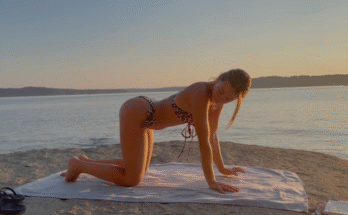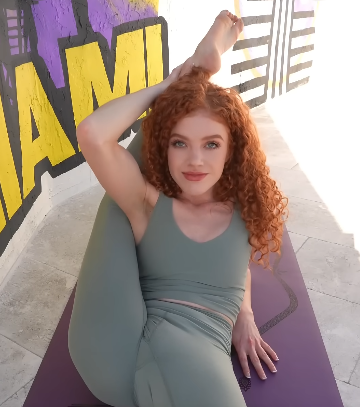
The single leg behind head pose, known in Sanskrit as Eka Pada Sirsasana, is one of the most advanced postures in yoga. This pose, part of the Ashtanga Yoga primary or intermediate series, demands incredible flexibility, strength, patience, and body awareness. While it may seem like a flashy or extreme contortion, the pose holds deep benefits for both body and mind when approached with respect and mindfulness.
In this article, we’ll explore what the single leg behind head pose is, how to prepare the body for it, step-by-step guidance on how to safely attempt it, its benefits, risks, and mental discipline associated with mastering this pose.
Understanding the Pose
Eka Pada Sirsasana literally translates to “one foot behind head pose.” It involves lifting one leg over the shoulder and behind the neck while keeping the spine upright and engaged. Traditionally, it is performed seated, with one leg stretched forward and the other foot carefully placed behind the head. This pose is often seen as a milestone in one’s yoga journey due to the extreme hip opening and spinal mobility it requires.
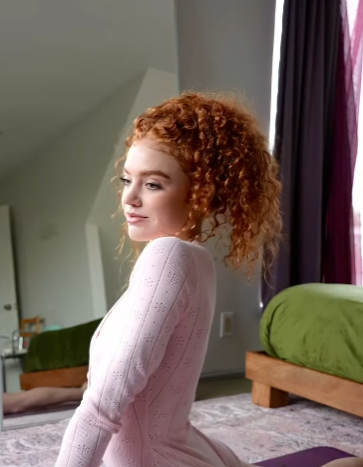
Preparing the Body
Attempting Eka Pada Sirsasana without preparation can lead to injury. It is essential to have a well-rounded practice that includes hip openers, hamstring stretches, and spinal warm-ups. Here are some recommended preparatory poses:
- Bound Angle Pose (Baddha Konasana): Opens the inner thighs and hips.
- Pigeon Pose (Eka Pada Rajakapotasana): Deeply stretches the hips and glutes.
- Lizard Pose (Utthan Pristhasana): Stretches the hamstrings and opens the hip flexors.
- Seated Forward Fold (Paschimottanasana): Increases hamstring flexibility.
- Marichyasana B and C: Twisting and folding poses that help mobilize the spine and hips.
- Reclined Pigeon Pose: Helps prepare the external rotators of the hip gently.
Additionally, practices like dynamic joint mobility, deep core strengthening, and gentle backbends can help condition the body for the complex movement pattern required.
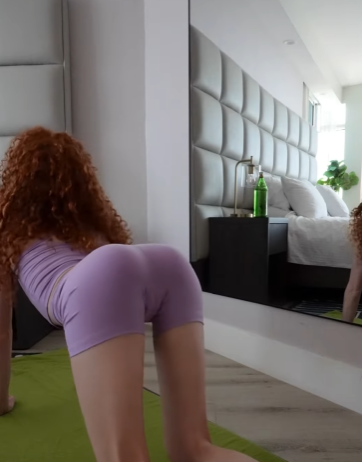
Step-by-Step Guide to Single Leg Behind Head Pose
Before attempting this pose, ensure that your body is well warmed up, and that you’re practicing in a quiet, focused environment. Use a yoga mat for support, and consider having a teacher or partner nearby for guidance if it’s your first time.
Step 1: Begin in Dandasana
Sit on your mat with your legs extended straight in front of you. Keep your spine tall and grounded through the sit bones.
Step 2: Bend One Knee
Choose the leg you feel more comfortable working with. Bend the knee and bring it toward your chest, keeping the foot flexed.
Step 3: Cradle the Leg
Hold the foot with the opposite hand and the knee with the same-side hand. Gently rock the leg back and forth like a baby, to warm up the hip joint and increase range of motion.
Step 4: Shoulder the Leg
Once your hip feels open, begin to lift the leg over the shoulder. Slide the foot behind your head gently. You may need to lean forward to make room. Place the foot behind your neck, not pressing down but letting it rest naturally. Keep the spine long.
Step 5: Lift the Chest and Sit Tall
After placing the leg behind your head, press into your hands beside your hips to lift your chest and sit tall. This will help reduce pressure on the neck and align the spine.
Step 6: Optional Forward Fold
If you are comfortable, you can fold forward over the extended leg. This requires even more hip and spine mobility, so proceed slowly.
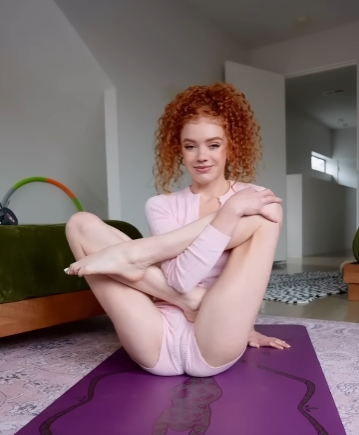
Benefits of Single Leg Behind Head Pose
While this pose is not for everyone, those who do practice it under the right conditions can reap several benefits:
1. Deep Hip Opening
The pose targets the external rotators, glutes, and deep hip muscles, promoting mobility and reducing tension.
2. Spinal Awareness
To maintain an upright posture, you must engage the spinal muscles. This strengthens the back and encourages proper alignment.
3. Mental Focus and Discipline
This asana demands patience, control, and inner calm. Rushing into the pose is dangerous, so it teaches practitioners to slow down and respect their bodies.
4. Improved Flexibility
Over time, the consistent stretching of muscles involved improves flexibility, not just in the hips but also in the hamstrings, calves, and lower back.
5. Detoxification and Energy Flow
According to yogic principles, deep hip openers help release trapped emotions and stimulate energy flow (prana) in the pelvic region.
Common Challenges and How to Overcome Them
1. Tight Hips
Most people have limited external rotation in the hip joint. Take time with hip openers and use props like yoga straps to work gradually toward the full pose.
2. Neck Strain
Never force the foot behind your head. If it doesn’t rest naturally, continue your preparatory work. Forcing the leg may injure the neck or spine.
3. Impatience
Progress can be slow. Set realistic goals and focus on improvement rather than perfection.
4. Body Proportions
Not every body is built for this pose. Some people, due to bone structure, may find it anatomically difficult or impossible to safely place a foot behind the head. It’s important to accept your body’s limits.

Variations and Modifications
If you’re not ready for the full pose, try these variations:
- Half Leg Over Shoulder Pose: Instead of placing the foot behind the head, rest it on the shoulder and press gently forward.
- Reclined Leg Behind Head Pose: Lie on your back and attempt the leg-behind-head motion. Gravity helps ease the stretch.
- Use of Props: A strap around the foot can help control movement and provide feedback.
Safety Tips
- Always warm up fully before attempting this pose.
- Never force the leg or push past pain. A mild stretch is okay, but sharp pain is not.
- Practice under the supervision of an experienced yoga teacher, especially when beginning.
- Take rest days. Overstretching can damage tissues and lead to injury.
- Breathe deeply and evenly throughout the practice.
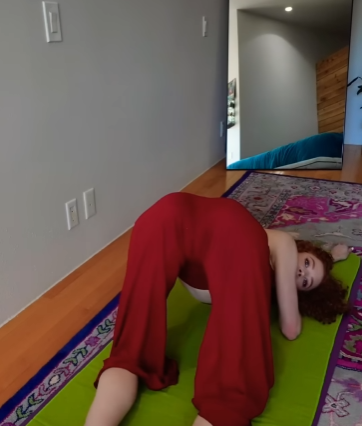
Mental and Emotional Aspects
Mastering the single leg behind head pose often represents more than just physical prowess. It can be a symbolic moment in a yogi’s journey—a demonstration of devotion, persistence, and deep body connection. Practitioners often experience emotional release during intense hip openers, which is natural and beneficial.
The patience required to achieve this pose mirrors the challenges of life. You learn to face frustration, fear, and discomfort with grace and awareness. Even if you never fully get into the pose, the journey of working toward it can bring great personal growth.
Conclusion
The single leg behind head pose, Eka Pada Sirsasana, is a shining example of how yoga blends physical discipline with mental focus and emotional awareness. It’s not about showing off a flexible body, but rather about cultivating presence, respecting boundaries, and honoring the body’s process.
Whether or not you ever place your foot behind your head, the act of working toward such a goal—mindfully and with humility—can deeply enrich your yoga practice and your life.
So, take your time, breathe, and let the journey unfold, one stretch at a time.

